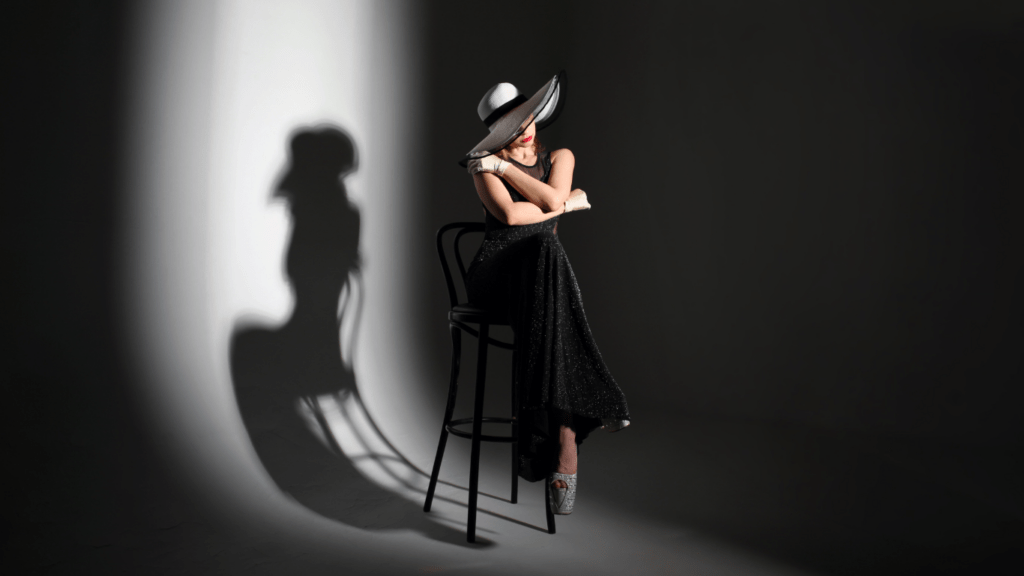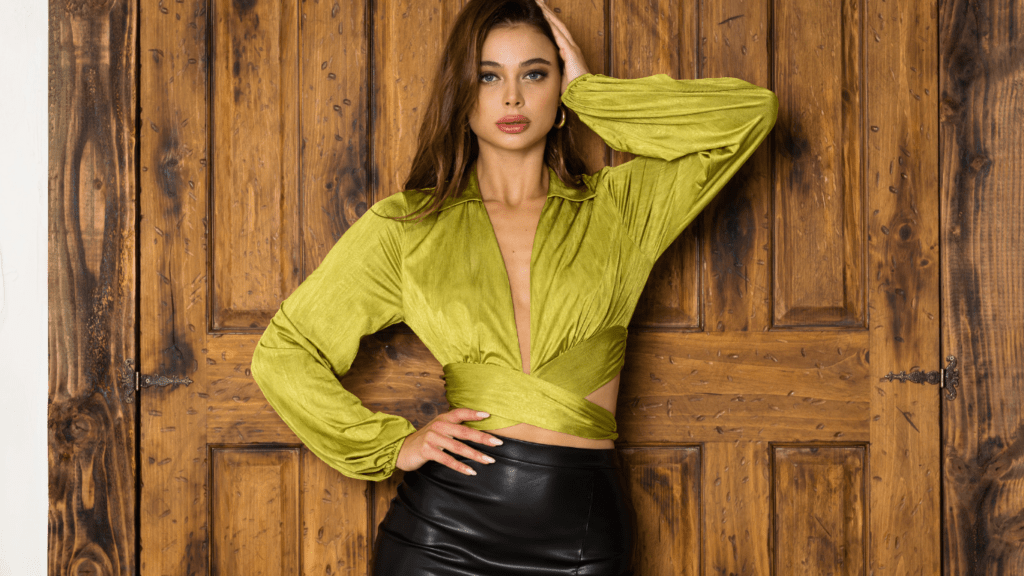Understanding Gender-Fluid Fashion
Gender-fluid fashion rejects traditional gender norms, merging masculine and feminine elements into a cohesive style. It allows individuals to express themselves without the constraints of conventional gendered clothing. Designers like Harris Reed and brands like Telfar lead this movement by creating pieces that anyone can wear, regardless of gender.
In this context, fashion brands often incorporate unisex clothing lines featuring:
- neutral colors
- versatile cuts
- adaptable designs
For example, oversized blazers and flowy trousers suit various body types and preferences. Brands like Gucci and Thom Browne include skirts, blouses, and suits in their gender-neutral collections.
Gender-fluid fashion emphasizes individual freedom, where personal comfort and identity take precedence over societal norms. This approach encourages more inclusive retail environments. Stores like Selfridges in London feature gender-neutral shopping spaces, enhancing the shopping experience for all customers.
The rise of gender-fluid fashion is not just a trend but a statement on social progress. It challenges binary perceptions and promotes diversity within the fashion industry. By embracing this style, brands contribute to a more accepting and progressive society, empowering individuals to express their true selves through fashion.
Historical Context
Fashion’s relationship with gender has evolved massively over the centuries, significantly impacting today’s gender-fluid trends.
Evolution of Gender Norms in Fashion
Historically, fashion has rigidly adhered to gender norms. In the 19th century, men’s and women’s clothing were clearly distinguished; men wore tailored suits, and women donned dresses with corsets. This delineation reinforced societal expectations. However, significant shifts began in the early 20th century.
Women started wearing trousers during World War I, as practicality became a necessity. The 1920s saw further blurring of gender lines with flappers embracing shorter hairstyles and less restrictive clothing. By the 1960s, unisex fashion emerged, symbolized by garments like turtlenecks and bell-bottoms worn by all genders. The 1980s power suits for women marked another pivotal shift. Today, these historical shifts underpin the acceptance of gender-fluid fashion, setting the stage for current trends.
Pioneers of Gender-Fluid Style
Several individuals and fashion houses have pioneered gender-fluid style. In the 1960s, designer Rudi Gernreich broke barriers with his unisex collections. His designs, such as the monokini, challenged traditional gendered attire. In the 1970s, David Bowie and Grace Jones became cultural icons with their androgynous looks.
More recently, designers like Harris Reed and brands such as Telfar have continued this legacy. Harris Reed’s collections feature fluid silhouettes blending masculine and feminine elements, while Telfar’s bags have become a staple for all genders. These pioneers not only redefined fashion but also contributed to broader societal acceptance of non-binary identities.
Key Fashion Brands Leading the Charge

Numerous fashion brands are at the forefront of the gender-fluid style movement, embracing inclusivity and diversity in their collections.
High-End Designers
Many high-end designers are leading the movement for gender-fluid fashion.
- Gucci frequently incorporates both masculine and feminine elements into its runway shows, showcasing fluidity through designs by creative director Alessandro Michele.
- Prada also presents collections that blend gender lines, often featuring models dressed in outfits that defy conventional norms.
- Alexander McQueen displays androgynous looks, pushing boundaries with dramatic, mixed-gender designs.
Each of these designers helps redefine style and break down traditional gender barriers through their innovative creations.
Affordable Brands
Affordable brands are increasingly offering gender-fluid options.
- Zara has introduced a unisex line called “Ungendered,” featuring minimalist, versatile pieces.
- H&M offers gender-neutral collections that allow for flexible, inclusive fashion choices.
- ASOS also provides a range of unisex clothing, ensuring that trend-forward, gender-fluid styles are accessible to a broader audience.
These brands make inclusive fashion more mainstream and easier to attain for individuals exploring their identity through clothing.
Emerging Labels
Emerging labels bring fresh perspectives to the gender-fluid fashion landscape.
- Telfar is renowned for its unisex designs, particularly the popular Telfar Shopping Bag, which appeals to all genders.
- Eckhaus Latta creates avant-garde pieces with a focus on deconstructing gender norms.
- No Sesso emphasizes community and inclusivity through its gender-neutral collections, blending streetwear with high fashion aesthetics.
These labels contribute innovative and boundary-pushing designs, enriching the diversity of gender-fluid fashion available today.
Marketing Strategies
Fashion brands employ diverse marketing strategies to embrace and promote gender-fluid style. Creating inclusive campaigns and leveraging social media and influencers enhances their reach.
Inclusivity in Campaigns
Brands incorporate inclusivity by featuring diverse models and narratives. Gucci’s 2020 campaign, for instance, showcased non-binary and genderqueer models wearing unisex designs. These campaigns resonate with wider audiences, reflecting society’s evolving views. In addition, brands like ASOS and H&M release gender-neutral collections, demonstrating their commitment to inclusivity. By prioritizing representation, brands connect with consumers seeking validation and relatability.
Social Media and Influencer Impact
Social media platforms enable brands to highlight gender-fluid fashion effectively. Instagram and TikTok, for example, provide visual narratives showcasing versatile styles. Brands collaborate with influencers who champion gender inclusivity, such as Alok Vaid-Menon and Indya Moore.
These partnerships amplify the message, reaching millions of followers and fostering community engagement. Hashtags like #GenderFluidFashion and #UnisexStyle facilitate discovery and broaden the conversation around gender-fluid apparel. Leveraging social media and influencers enhances brand visibility and establishes authenticity in promoting inclusive fashion.
Consumer Response
Fashion consumers are increasingly embracing gender-fluid styles. This shift demonstrates changing societal attitudes and significant market trends.
Changing Attitudes
Consumers exhibit growing acceptance of gender-fluid fashion. Many individuals seek clothing that defies traditional categories, valuing personal expression over adherence to norms. A survey by The Fashion Network found that 45% of Gen Z shoppers prefer gender-neutral clothing, indicating a paradigm shift among younger generations.
Market Trends
The market for gender-fluid fashion is expanding rapidly. Brands report increased sales from unisex collections, catering to a broader audience. According to Vogue Business, sales of gender-fluid items grew by 25% in 2022. This trend reflects heightened consumer demand and the industry’s pivot toward inclusivity, with brands like ASOS and H&M leading the way in market response. Major retailers provide gender-neutral sections, further normalizing the concept within mainstream fashion.
Future of Gender-Fluid Fashion
Gender-fluid fashion is transforming the industry. In the future, we can expect even greater shifts toward inclusive designs. Fashion brands will likely push boundaries further, integrating high-tech fabrics and innovative cuts that don’t adhere to gender norms.
Emerging technologies like 3D printing and AI are set to revolutionize production processes. These technologies can create customized pieces tailored to individual preferences, supporting the unique expression that gender-fluid fashion embodies. A survey by McKinsey predicts that the demand for personalized clothing will rise by 30% by 2025, highlighting a growing market trend.
Retail environments will also evolve. More brands will adopt gender-neutral store layouts, reducing the need for segregated sections. This change can foster a more inclusive shopping experience, making fashion accessible to everyone. Selfridges’ gender-neutral shopping space exemplifies this trend, and other major retailers are expected to follow suit.
Social media and digital platforms will continue to play a crucial role in promoting gender-fluid fashion. Brands are leveraging influencers who advocate for gender inclusivity to amplify their messages. Collaborations with these influencers create authentic connections with consumers, driving both engagement and sales. For instance, TikTok influencers championing this style have millions of followers, indicating significant influence on consumer behaviors.
Fashion education will also adapt. Institutions are beginning to offer courses focused on gender-fluid design principles, preparing the next generation of designers to create inclusive collections. The Fashion Institute of Technology (FIT) recently introduced a curriculum that includes gender-neutral design training.
Finally, we can foresee an increase in mainstream acceptance. As societal norms shift, what was once considered unconventional will become standard. Mainstream media and advertisements featuring gender-fluid styles will normalize this concept further, making it a staple in everyday fashion. Marketers are already seeing positive consumer responses, with a 25% rise in sales of gender-fluid items reported by Vogue Business in 2022.
The future of gender-fluid fashion promises a blend of innovation, inclusivity, and individuality, shaping a more diverse and accepting world.




